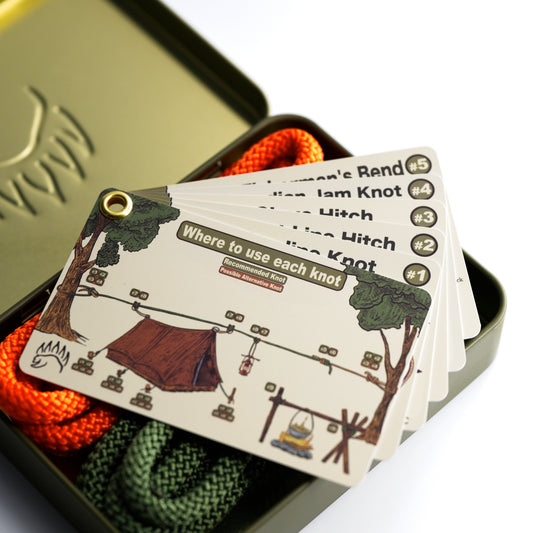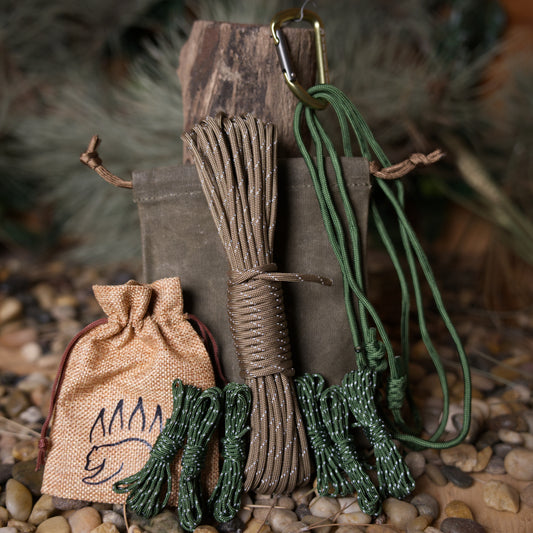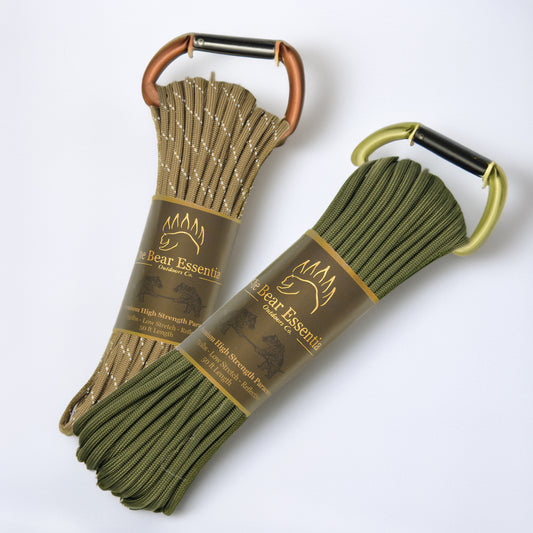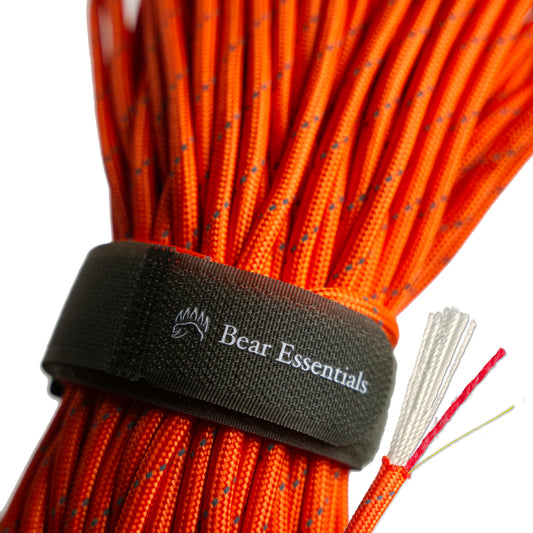How to Tie the Anchor Hitch
Usage
The Anchor Hitch, as the name suggests, is a secure knot (hitch) designed for attaching a rope to an anchor point. It's widely used in situations where a strong and reliable connection is required, such as boating/maritime settings. The Anchor Hitch holds well under load and is resistant to slipping, making it an ideal tool for mooring, anchoring or securing equipment.
Why Learn the Anchor Hitch?
The Anchor Hitch is a top contender if you need a strong and reliable knot for attaching a rope to a fixed object. It 's stronger than the Bowline and provides excellent holding power under variable levels of tension, making it a valuable knot for boaters, climbers, and outdoor enthusiasts alike.
Common Uses
-
Maritime Applications:
- Securing an anchor line.
- Attaching mooring lines.
- Camping & Outdoor Use: From securing ropes to stakes or trees to fastening tarps and hammocks.
- General Utility: Attaching ropes to a variety of anchor points.
ABOK Number
(Ashley Book of Knots)
Other Names
Category
|
Notable Features
- Highly Secure: Holds firm under tension, ideal for maritime and anchoring applications.
- Easy to Tie: Simple structure makes it ideal when speed and strength are required.
- Stronger Than a Bowline: Retains more rope strength.
- Resistant to Slipping: Maintains its hold even with alternating loads.
Variations
Round Turn and Two Half Hitches vs. Anchor Hitch
- Pros: Both knots are similar in function, but the Anchor Hitch provides slightly more security.
- Cons: The Round Turn and Two Half Hitches is easier to untie after heavy loads.
Buntline Hitch vs. Anchor Hitch
- Pros: The Buntline Hitch is known for its excellent stability and strength, potentially offering a slight edge in long-term applications.
- Cons: The Anchor Hitch might be simpler for beginners to tie, but both can become difficult to untie after bearing significant load.
Similar Knots
Round Turn and Two Half Hitches vs. Anchor Hitch
- Pros: Easy to tie and untie.
- Cons: Less secure under extreme tension.
Picket-Line Hitch vs. Anchor Hitch
- Pros: Useful for securing lines in a variety of applications.
- Cons: Not as strong as the Anchor Hitch under continuous load.
Poacher’s Knot vs. Anchor Hitch
- Pros: Self-tightening and reliable.
- Cons: Difficult to untie after heavy tension.
History
The Anchor Hitch, also known as the Anchor Bend or Fisherman’s Bend, has long been a staple in maritime activities. Historically, the term “bend” was used more loosely to refer to any knot used to attach rope to an object, which is why the Anchor Hitch is sometimes called a bend despite being a hitch. Sailors and boaters have relied on this knot for centuries due to its ability to maintain security even in fluctuating conditions.
Security Level
The Anchor Hitch provides high security under load making it an excellent choice for anchoring and mooring applications.
Downsides
- Can Jam Under Heavy Load: While relatively easy to untie after moderate tension, the knot can become difficult to release after extreme loads.
- Requires Proper Tying: If not tied correctly, it may not hold as securely.
Structure
- Pass the rope through the anchor ring or around the object.
- Wrap the tail around the standing part twice, keeping the second turn loose.
- Pass the tail over the standing part and under the second turn to create a Half Hitch.
- Continue around the standing part to tie a second Half Hitch, securing the knot.
- Tighten by pulling both ends.
FAQ
What is the Anchor Hitch used for?
Primarily for securing an anchor line to an anchor or mooring point.
How does it compare to other mooring knots?
It is stronger than a Bowline and more secure than a Round Turn and Two Half Hitches.
Can it be untied easily?
It can be difficult to untie after heavy loads but remains manageable under moderate tension.
Is it suitable for non-marine uses?
Yes, it can be used for securing tarps, hammocks, and general outdoor applications.
Important Notes on Safety
Ensure the Anchor Hitch is tied properly and, when under extreme loads, consider adding an extra Half Hitch or seizing for reinforcement. In applications where easy release is needed, a different hitch or a quick-release variation may be preferable.









